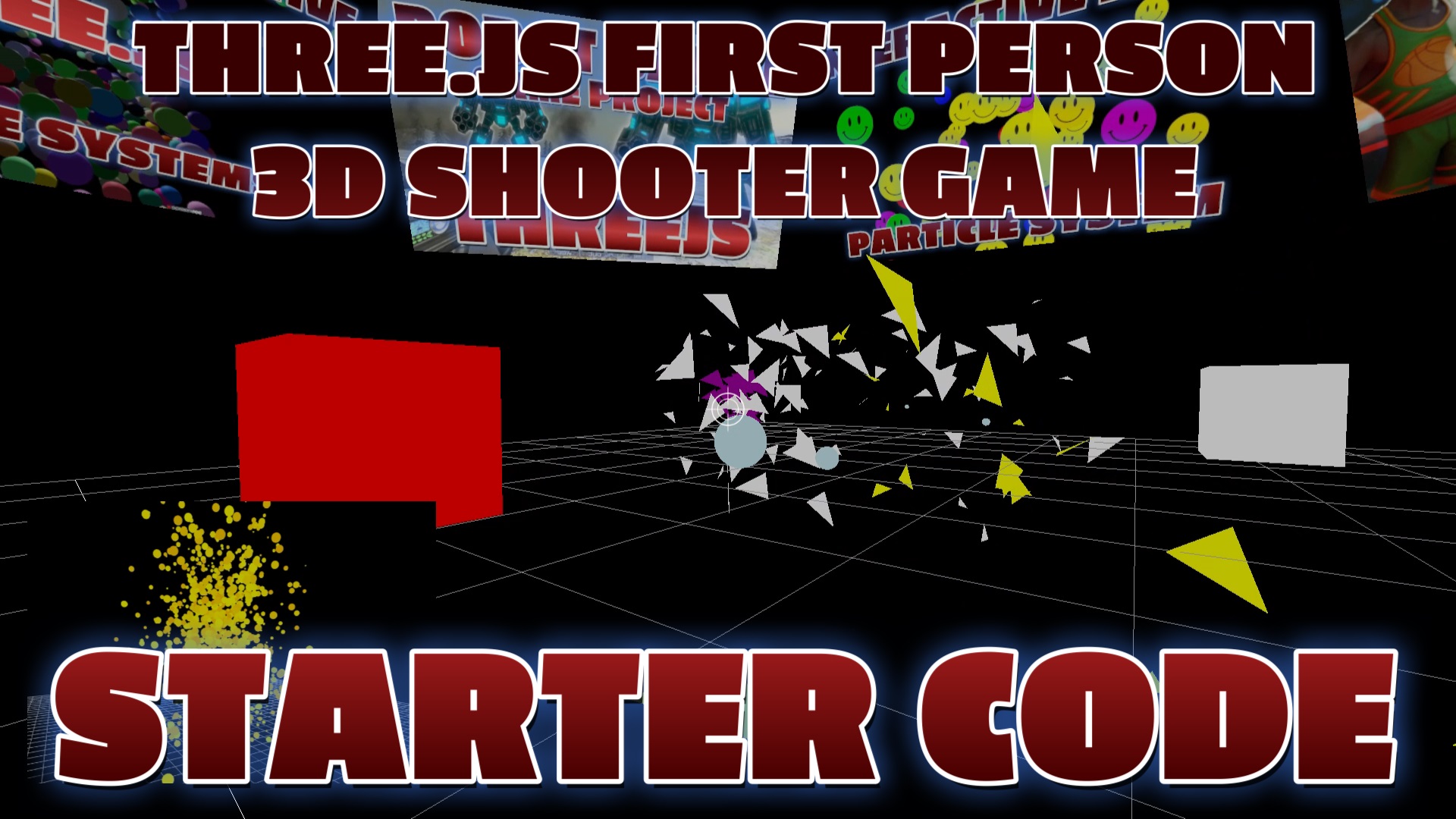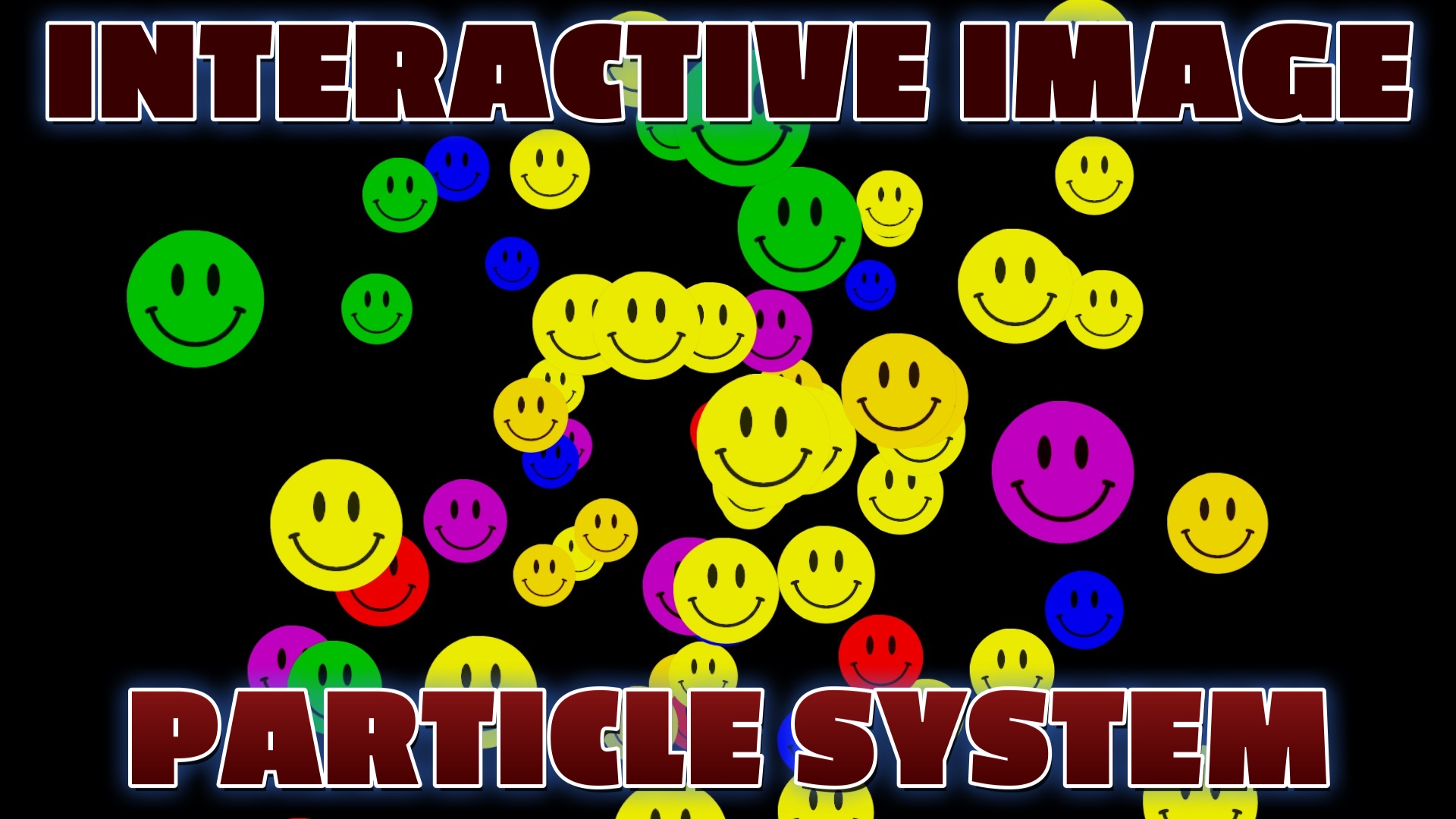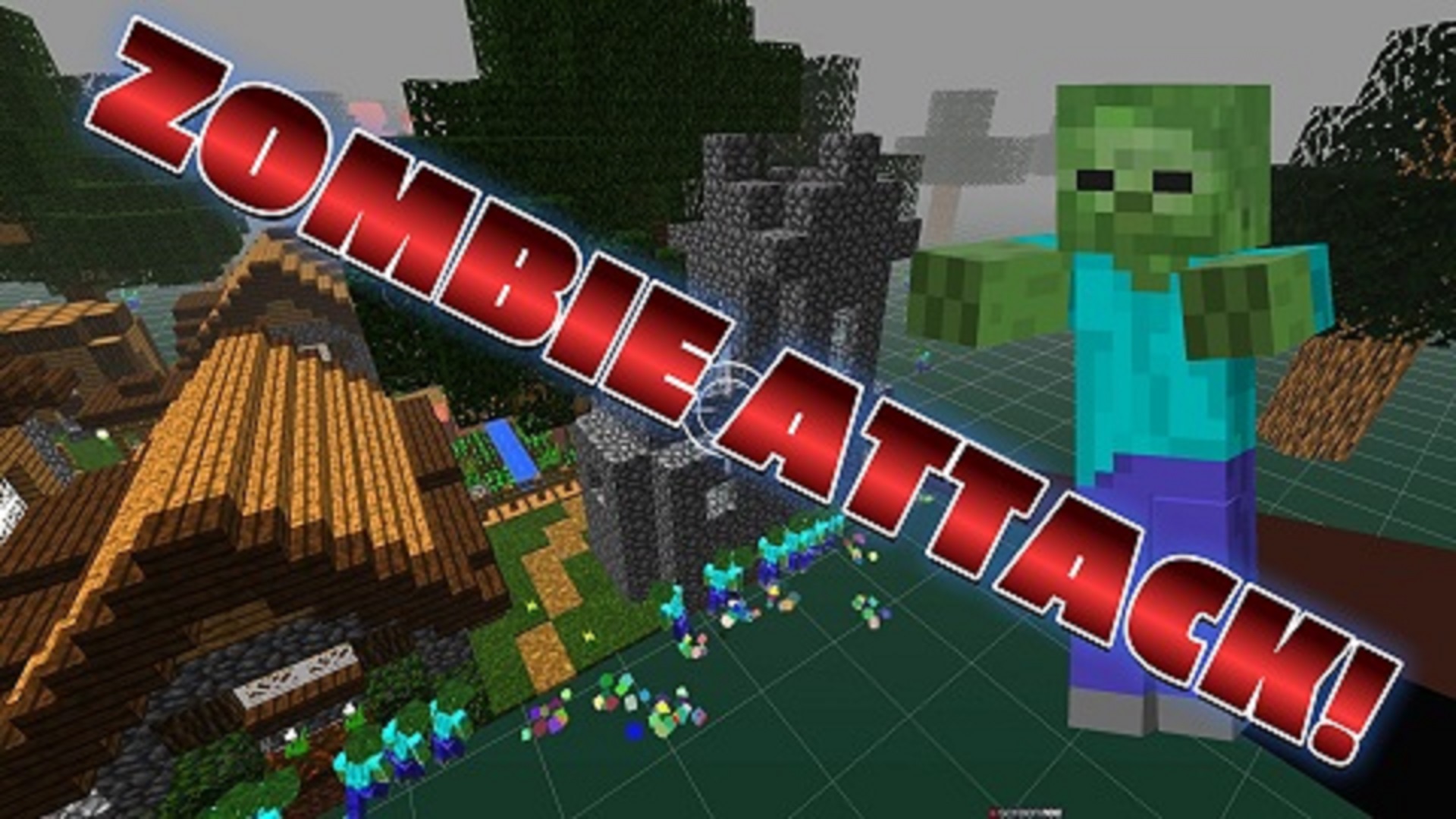Three.js 3D Particle System
Three.js is a powerful JavaScript library that can greatly enhance a website by incorporating 3D particle systems. With Three.js, web developers can create visually stunning and interactive experiences that captivate users and provide a unique and engaging browsing experience. By leveraging the capabilities of Three.js, websites can go beyond the traditional 2D design and introduce dynamic and immersive 3D particle systems.
Benefits of Three.js Particle Systems
Firstly, Three.js allows developers to generate and manipulate thousands of particles in real-time. These particles can be customized with various properties such as size, color, and behavior, giving designers the freedom to create mesmerizing effects like swirling galaxies, flowing water, or cascading fireworks. These particle systems add a sense of depth and motion to the website, creating an immersive environment that captures the attention of users and encourages them to explore and interact with the content.
Secondly, Three.js provides powerful animation capabilities, enabling developers to bring particle systems to life. Through the use of keyframes and smooth transitions, particles can be animated to move, rotate, or change shape, creating dynamic and visually appealing effects. This level of interactivity not only enhances the aesthetics of the website but also allows users to engage with the content in a more interactive and intuitive manner. Whether it's guiding users through a storytelling experience or visualizing complex data in an interactive manner, Three.js particle systems can elevate the website's interactivity and user engagement.
Steps to Programming Your First Particle System with Three.js
- Set up the scene, camera, and renderer.
- Create a BufferGeometry to hold the particle positions.
- Generate random positions for each particle and assign them to the BufferGeometry.
- Create a PointsMaterial with the desired color and size for the particles.
- Create a Points object using the BufferGeometry and PointsMaterial.
- Add the Points object to the scene.
- Set up an animation loop to rotate the particle system.
- Handle window resize events to update the camera and renderer.
Load This GitHub Gist Code For An Instant Demo
Three.js Programming Books
Recent Blog Posts & Updates
- Date - - Threejs
- Date - - Using Threejs To Develop Online 3D Browser Games
- Date - - Using Threejs Pointer Lock Controls For Online 3D Games
- Date - - The Advantages Of Creating 3D Interactive Menus And Websites Using Threejs
- Date - - Threejs Examples Exploring Interactive Visual Particle Systems
- Subscribe To My RSS Feed For Live Updates
- More Examples and Tutorials



